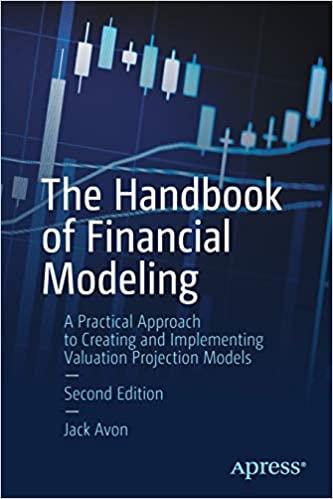
You estimated the single index (market) model for stocks A and B with the following results: Ra-Rp = 0.05 + 0.6*(RM-Rt) + eA RB - Rp = 0.02 + 1.4x(RM-Rt) + eB where RA and RB are the returns on stocks A and B, respectively. RM is the return on the single (market) index, Rf is the risk-free rate, and ea and ep are error terms which are not correlated with anything and have zero means. In addition, the following statistics are known for Rf, RM, and the error terms: Mean Standard Deviation Risk-free rate, Rf Single index return, RM Error term for Stock A return, ea Error term for Stock B return, 5% 10% 0% 0% 0% 15% 20% 10% a. Suppose you form an equal-weighted portfolio with stocks A and B. What are the expected return and return standard deviation of this equal-weighted portfolio? (6 marks) b. Suppose you are already well-diversified by holding an ETF which passively tracks the single index. Under the circumstance, explain whether it is worthwhile to add the equal-weighted portfolio in part a) into your existing portfolio. You estimated the single index (market) model for stocks A and B with the following results: Ra-Rp = 0.05 + 0.6*(RM-Rt) + eA RB - Rp = 0.02 + 1.4x(RM-Rt) + eB where RA and RB are the returns on stocks A and B, respectively. RM is the return on the single (market) index, Rf is the risk-free rate, and ea and ep are error terms which are not correlated with anything and have zero means. In addition, the following statistics are known for Rf, RM, and the error terms: Mean Standard Deviation Risk-free rate, Rf Single index return, RM Error term for Stock A return, ea Error term for Stock B return, 5% 10% 0% 0% 0% 15% 20% 10% a. Suppose you form an equal-weighted portfolio with stocks A and B. What are the expected return and return standard deviation of this equal-weighted portfolio? (6 marks) b. Suppose you are already well-diversified by holding an ETF which passively tracks the single index. Under the circumstance, explain whether it is worthwhile to add the equal-weighted portfolio in part a) into your existing portfolio







